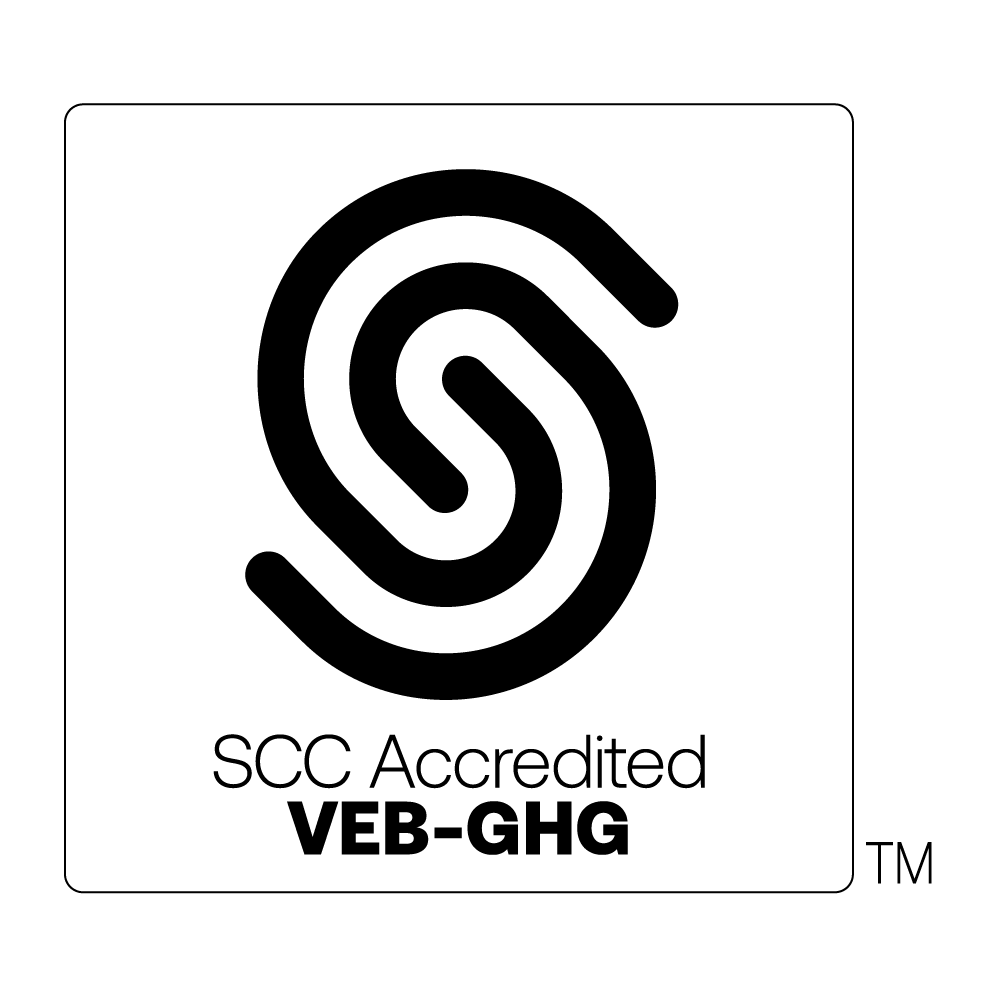Emission reductions
Your organization can start by making changes that benefit the planet.
To reduce your greenhouse gas emissions, invest in your business.
The most common way to reduce GHG emissions is by reducing the combustion of fossil fuels such as natural gas, diesel, gasoline, propane, jet fuel, and bunker. The energy required can often come from electricity instead. Even better when the grids are “clean” like in BC, MB, QC and even ON.
Commit to reducing stationary combustion emissions such as from heaters, boilers, incinerators, and the like. Electric equipment and heat pumps are possible options, the latter being the best because of the high efficiency (~300%).
Mobile emissions can be reduced by moving to EVs.
However, your supply chain is where most of your GHG emissions arise. These are called indirect or Scope 3 emissions. Indirect GHG emissions arise from energy used in purchases of goods and materials, transportation, and use of products produced and other sources.
Your organization might consider reducing the number of widgets you make because you can make them last longer. Reducing their size is another option. The Circular Economy will help.
There are often government incentives, and more are coming. Carbon taxes are an incentive NOT to combust.
Conduct an energy audit to identify energy and greenhouse gas reduction opportunities. You can begin with your greenhouse gas inventory. There are also many greenhouse gas calculators. A favourite of mine for organizations and individuals can be found at www.climatestewards.org – easy to understand and use. You can even offset right there. Best of all, the offset come with important co-benefits.
Join in the #GSSChallenge. This week’s theme is “How are you changing the world?”






